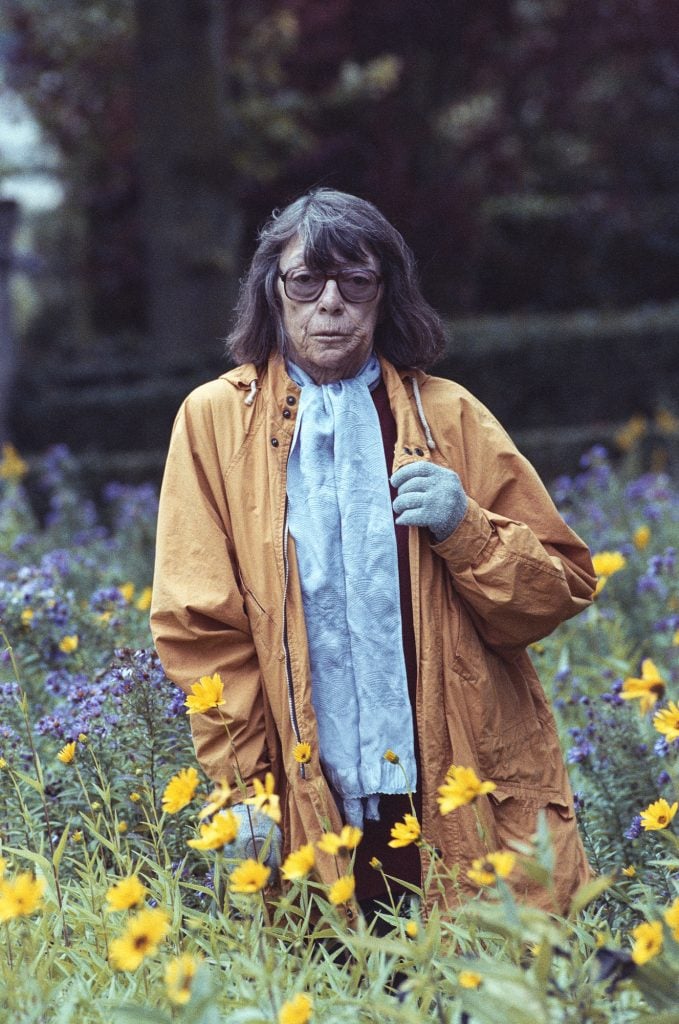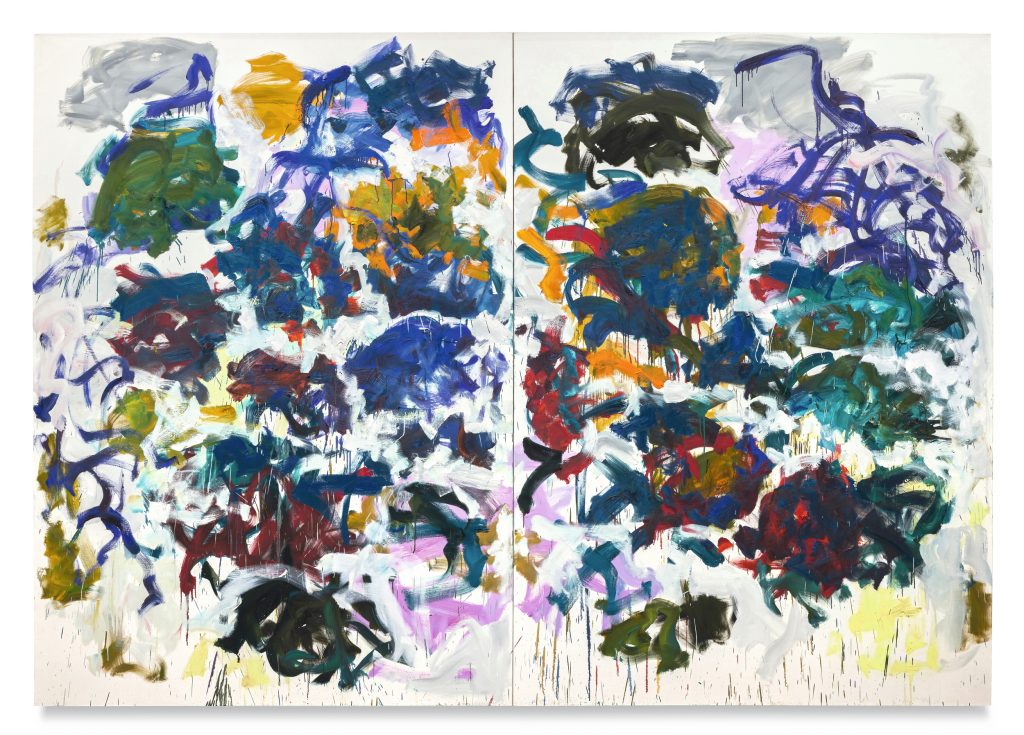Artnet News Pro
Which Joan Mitchell Would You Buy If You Had Upwards of $25 Million to Spend?
In the latest installment of “This or That,” advisor Todd Levin weighs in on two Joan Mitchell going up for auction this week in New York.

In the latest installment of “This or That,” advisor Todd Levin weighs in on two Joan Mitchell going up for auction this week in New York.

Annie Armstrong

Should a single Damien Hirst painting cost more than an entire Old Masters sale? Why does Adrian Ghenie’s auction record stand higher than Frida Kahlo’s? The strange, fickle, largely subjective nature of art valuation is one of the industry’s most enduring enigmas—and sources of complaint. To analyze what’s behind some of the confounding prices in the art market, in our series “This or That” we ask experts to compare two competing works of art offered at comparable prices.
As the New York auction season gets underway, putting the art market to the test during a downturn, the top three auction houses are still showing up with top-notch artworks by contemporary and modern masters. One of the key talking points of the marquee sales is that rival houses Christie’s and Sotheby’s are going head to head with two competing paintings by the Ab-Ex mainstay Joan Mitchell.
One early, untitled work from circa 1959 is hitting the block during Christie’s contemporary art evening sale on November 9 for a healthy estimated $25 million to $35 million, and another made later in life, Sunflowers, from 1990-1991 and straight out of the personal collection of John Cheim, is estimated to sell for between $20 million to $30 million at Sotheby’s contemporary evening auction on November 16.
Amid all the market buzz about these two exceptional artworks, we asked top art advisor Todd Levin to weigh in on which painting he would advise his clients to bid for, factoring in both aesthetic and market considerations.
Here’s what he said.

Joan Mitchell, Untitled (ca. 1959). Courtesy of Christie’s Images, Ltd.
This or that? If it were me, and I wasn’t as concerned with issues of what the market is going to do, I would probably, by a slender margin, want to take home the painting at Christie’s.
The Market Angle: If I were a betting person, I would probably say that the later work, Sunflowers, at Sotheby’s, will probably outperform the work that’s at Christie’s from a financial perspective. The only limitation on that work that would be a caveat is the scale. Because the thing is nine-plus feet tall, and 13-plus feet wide. That is, for many residential collectors, a limitation, possibly. The other painting, the single-panel earlier painting, you don’t have that issue. But I have a feeling that someone who is buying at this level isn’t concerned with scale as much as one would be at a lower level. If you can afford to spend $25 million to $35 million on a painting, you probably have the walls to contain it in your larger home or extracurricular outbuilding, or whatever it is. So from a market perspective, I’d throw my weight behind Sunflowers. It was hand-picked by John [Cheim] as a gift, and he got to [choose] whatever he wanted. So it has a nice provenance and a nice story.
The Subjective Angle: Mitchell is very interesting because most artists are generally either known for an initial leap that they make in the production of their personal language early on in their career, and then they tend to riff on that for the entirety of their career—that’s the case of probably most artists who we all seem to take into serious consideration—[but then] there are a few whose careers are such that their best work is made at the end of their careers. Pollock would be one example of that. Or somebody like Cézanne. But those kind of examples are much more rare than the former. Mitchell is unusual in that she sort of has a very important early anchor version of her career, and she has this very late second wind.
What we’re looking at here are prime examples of the early period, which would have been the discovery of her language, and then the later, which is the condensation of everything that’s gone before it. So she’s very unusual in her career, in that way.
Her real annus mirabilis is around 1960 to 1964, the early works. This is a little just before that. The works became darker and more centralized when she became a fan of my favorite poet, Wallace Stevens. There’s a very famous poem by Stevens called “Domination of Black,” which, when she read that poem, it kicked her off into that darker, centralized painting style. This is just prior to that, so it’s much more colorful and more all-over. But still, a terrific early painting.

Joan Mitchell, Sunflowers 1990-91). Courtesy of Sotheby’s.
What Todd Would Advise His Clients: If I were advising a collector, and let’s say both of these came down to the same price, I’d understand why the market preferred the latter one (Sunflowers), but I’d prefer the early one. I think of it as kind of an anchor piece, where the artist is literally informing their own personal language.
More Trending Stories:
Revealed: The Major Mystery Consignors of New York’s Multi-Billion-Dollar Fall Auction Season
Christie’s Pulled Two Works by a Prominent Middle Eastern Artist From Sale After a Complaint